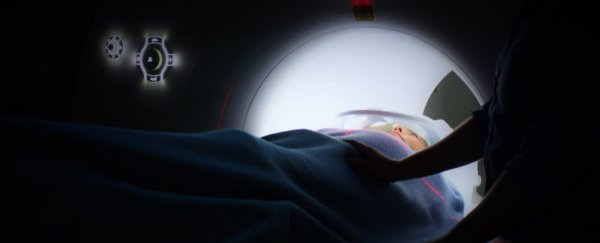Australia will become the first country in the world to eliminate cervical cancer, according to a new study which shows the current national prevention program is working exceptionally well.
According to a team led by researchers from the Cancer Council NSW, in just two years the incidence of cervical cancer in Australia will be so low, it will be considered a rare cancer.
That means having just six new cases per 100,000 people in a year, according to the study.
By 2028, the team predicts the rate will drop even more, to fewer than four new cases per 100,000 people - a rate so low they're suggesting it classes as this type of cancer being eliminated.
"Australia, the global front runner in cervical cancer prevention, is on track to eliminate cervical cancer as a public health problem by 2028," the team writes in The Lancet Public Health.
And it's not just new cases that will become exceedingly rare, either. If Australia keeps up its current prevention efforts, by 2034 there will be less than one death per 100,000 people annually.
These figures are based on a modelling study, where researchers used real data to predict the incidence of cervical cancer in the country between 2015 and 2100, based on various scenarios.
The results are particularly exciting considering how common and deadly cervical cancer is in other countries around the world.
According to the World Health Organization (WHO), it's the fourth most frequent cancer in women overall, and has a particularly high mortality rate - because there are so few symptoms, it's often not caught until too late.
The crazy thing is, cervical cancer doesn't have to be that deadly, because we have the tools to largely prevent it from happening; it's a matter of giving people access to the right types of screening and prevention, which includes vaccination against the sexually transmitted human papillomavirus (HPV).
We know that 99 percent of all cervical cancers are caused by an infection with HPV. The virus itself is common, as around 80 percent of people manage to catch it in their lifetime, and the vast majority of time it's benign.
Unfortunately, in rare cases the HPV infection can cause changes in the cervical cells, which over time go on to develop cancer.
So what is Australia doing differently? The country has a comprehensive prevention strategy in place, which started in 1991 with the National Cervical Screening Program that encouraged sexually active women or those over the age of 18 to get pap smears every two years.
But the most radical move came in 2007, when the country encouraged all teenage girls to receive free HPV vaccinations, something that was so effective they rolled the same program out for boys in 2013.
Other countries such as the UK have since followed their lead with the vaccination scheme, but in the US it's not free for everyone, and can cost up to US$450 for the full regimen.
Last year Australia also replaced pap smears with HPV cervical screening tests, which are predicted to reduce cancer rates by up to 30 percent in combination with the vaccine.
So what does it mean for a cancer to be fully eliminated? The WHO doesn't actually have a defined threshold at the moment, because, well, no one has ever fully eliminated a cancer before.
The new paper puts the suggested threshold at four cases per 100,000 people annually - the number Australia is on track to reach by 2028.
It remains to be seen whether the WHO will accept that definition of 'fully eliminated', but in any case, Australia is leading the way.
"Regardless of what the [elimination] threshold is, it is likely Australia would be the first country to reach it given our current low rate of cervical cancer, and our strong prevention programmes," Megan Smith, one of the study authors from Cancer Council NSW, told the BBC.
Still, there's work to be done.
The paper highlights the fact that despite the expected progress, the country needs to continue to focus on making sure young people receive the HPV vaccine, and also screening older people who didn't receive the immunisation.
The study has been published in The Lancet Public Health.
